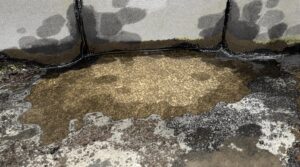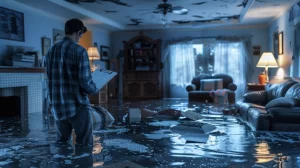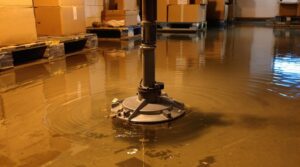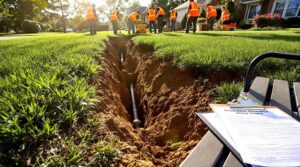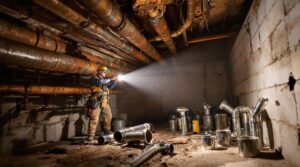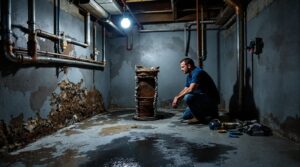Cast iron drain pipe replacement costs vary considerably based on project scope and complexity. Small repairs typically range from $1,500 to $3,000, while partial house repiping can cost between $4,000 and $10,000. Complete whole-house replacements may reach $30,000, with projects taking 5-10 days to complete. Factors affecting final costs include pipe accessibility, material selection, regional labor rates, and local building codes. Professional consultation can reveal additional cost-saving opportunities and insurance claim possibilities. It’s essential to budget for unexpected expenses, as the cost of replacing drain pipes can increase if underlying issues, such as structural damage or outdated plumbing systems, are discovered during the project. Additionally, homeowners may want to consider upgrading to modern materials, like PVC or ABS, which can enhance durability and efficiency, potentially offsetting initial costs in the long run. Ultimately, obtaining multiple quotes and discussing your specific needs with licensed professionals can help ensure you get the best value for the cost of replacing drain pipes.
Key Takeaways
- Small-scale cast iron pipe repairs typically cost between $1,500 to $3,000 and can be completed within 1-2 days.
- Whole-house cast iron pipe replacement ranges from $10,000 to $30,000, with projects taking 5-10 days to complete.
- Costs vary based on pipe diameter, accessibility, local labor rates, and whether pipes are embedded in concrete or walls.
- Material choices like PVC, ABS, or new cast iron significantly impact overall replacement costs and long-term durability.
- Partial house repiping projects cost between $4,000 and $10,000, offering a middle-ground solution for targeted replacements.
Factors Affecting Cast Iron Pipe Replacement Costs
When determining the cost to replace cast iron drain pipes, several key factors come into play that can greatly impact the final price.
The size and scope of the project considerably influence costs, including the total linear footage of pipe requiring replacement and the pipe diameter needed. Location accessibility within the structure affects labor expenses, as pipes buried in concrete or hidden behind walls require additional demolition and restoration work.
Replacement materials selection represents another vital cost component, with options ranging from PVC to ABS or new cast iron.
Installation complexities, such as the need for specialized equipment, multiple fittings, or challenging routing configurations, can markedly increase labor costs.
Regional variations in labor rates, permit requirements, and local building codes also affect overall expenses.
Additionally, the presence of hazardous materials, such as asbestos insulation around old pipes, may necessitate specialized handling and disposal procedures, further impacting the total replacement cost.
Cost Breakdown by Project Scope
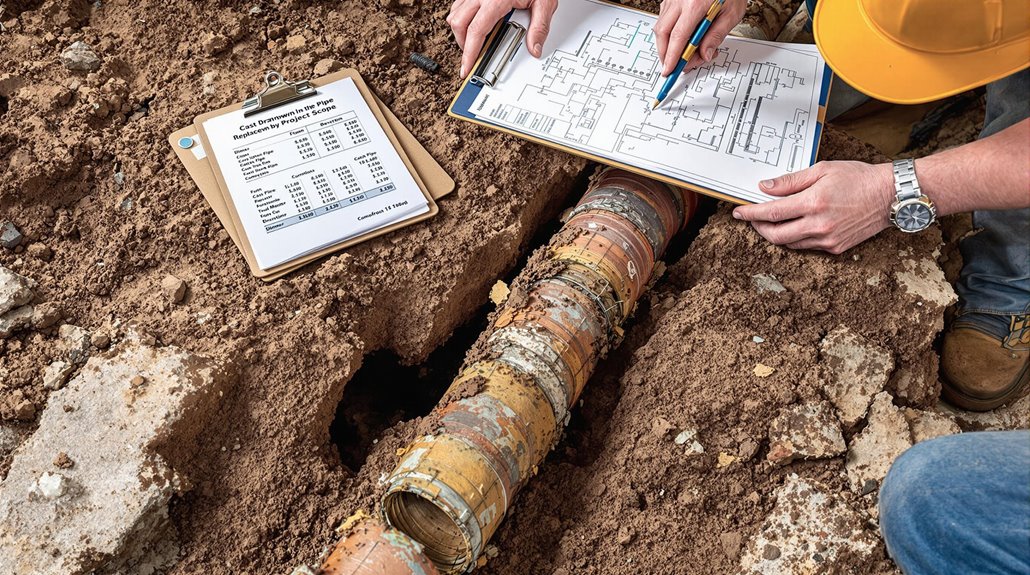
The scope of a cast iron pipe replacement project typically falls into three main categories: small-scale repairs, partial house repiping, and whole-house replacement.
Each category represents distinct cost implications and replacement timeline considerations.
Small-scale repairs, involving single pipe sections or localized damage, generally range from $1,500 to $3,000. These projects typically require 1-2 days to complete.
Partial house repiping, which addresses multiple damaged sections or an entire floor's plumbing, costs between $4,000 and $10,000, with a typical replacement timeline of 2-5 days.
Whole-house replacement represents the most thorough scope, involving complete removal of all cast iron pipes.
Project comparison data indicates costs ranging from $10,000 to $30,000, depending on house size and pipe accessibility.
This extensive renovation usually requires 5-10 days to complete and often includes additional expenses for wall repairs and restoration work.
Signs Your Cast Iron Pipes Need Replacement
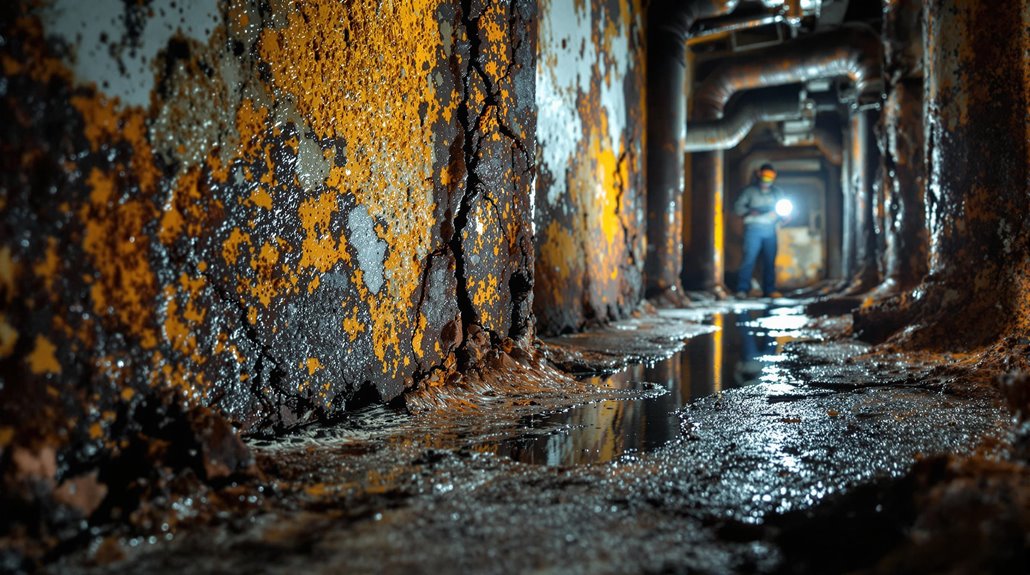
Recognizing deterioration signs in cast iron pipes enables homeowners to address potential issues before catastrophic failure occurs. Several warning signs indicate pipe degradation, including frequent backups in multiple drains, gurgling sounds from toilets or sinks, and persistent sewer odors inside the home.
Visual inspection may reveal rust-colored water stains on walls or ceilings, dimpling or flaking on exposed pipe surfaces, and discoloration around pipe joints. The presence of mold or mildew in bathrooms and basements can also indicate hidden leaks in cast iron plumbing.
Additionally, foundation cracks, unexplained wet spots in the yard, or sunken areas near sewer lines suggest underground pipe failure.
Advanced pipe degradation often manifests through recurring drain clogs, slow-draining fixtures, and increased utility bills due to water waste.
Professional plumbers can confirm deterioration using camera inspections to assess internal pipe conditions and determine replacement necessity.
Modern Replacement Materials and Options

Modern plumbing technology offers several superior alternatives to traditional cast iron pipes, each providing unique advantages for residential sewer systems. The most common modern materials used in drain pipe replacement include PVC (Polyvinyl Chloride), ABS (Acrylonitrile Butadiene Styrene), and HDPE (High-Density Polyethylene).
These pipe alternatives deliver enhanced durability, improved flow characteristics, and significant cost savings compared to cast iron.
- PVC Pipes: Lightweight, corrosion-resistant, and cost-effective. Excellent for both main sewer lines and branch drains, with a life expectancy of 50-100 years.
- ABS Pipes: More impact-resistant than PVC, better performance in cold temperatures, and single-piece construction that eliminates the need for cement joints.
- HDPE Pipes: Superior flexibility, excellent chemical resistance, and seamless fusion joints that prevent leaks. Ideal for trenchless installation methods and areas with ground movement.
Each material option requires specific installation techniques and must comply with local building codes for residential applications.
Hiring Professional vs. DIY Considerations
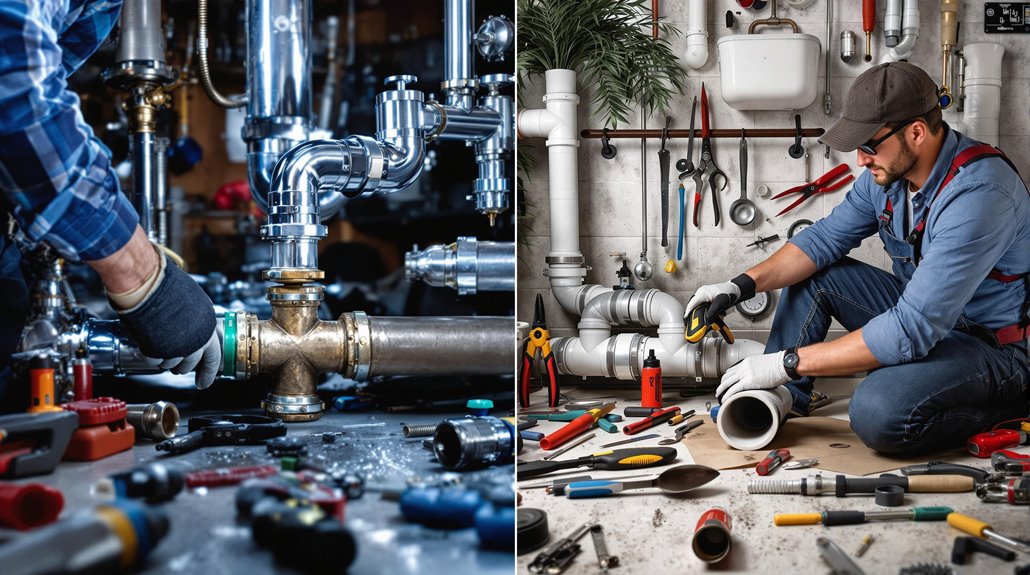
Deciding between professional installation and DIY replacement of cast iron drain pipes requires careful evaluation of several critical factors, including technical expertise, available tools, local building codes, and permit requirements.
While DIY techniques can reduce costs notably, the complexity of drain pipe replacement often demands professional expertise. Licensed plumbers possess specialized equipment, such as snap cutters and heavy-duty pipe wrenches, along with knowledge of proper venting, slope calculations, and connection methods.
They also maintain insurance coverage and understand local regulations governing residential plumbing work.
DIY enthusiasts must consider their skill level, physical capabilities, and time constraints. The work involves cutting and removing heavy pipe sections, properly supporting new installations, and ensuring watertight connections.
Mistakes can lead to costly water damage, structural issues, or code violations. Professional installation typically includes warranties and compliance documentation, providing long-term protection and peace of mind for homeowners.
The Benefits Of Consulting A Public Adjuster
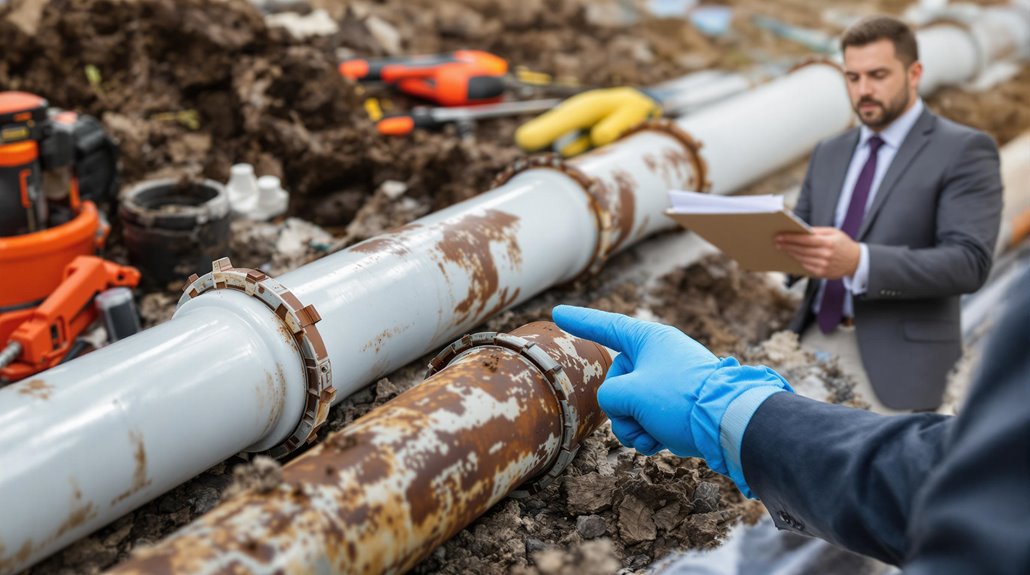
Public adjusters offer specialized expertise in managing insurance claims for cast iron pipe damage, providing objective assessments that can greatly increase settlement amounts.
Their professional understanding of policy coverage and documentation requirements helps streamline the claims process, reducing potential delays and complications.
Studies indicate that policyholders who engage public adjusters often receive substantially higher claim payouts, with settlements reaching up to 800% more than those who handle claims independently.
Expertise In Insurance Claims
When faced with a cast iron drain pipe replacement claim, consulting a licensed public adjuster can substantially improve settlement outcomes and guarantee proper compensation for damages.
Their expertise in insurance claim strategies and adjusting techniques proves invaluable when maneuvering through complex policy terms and documentation requirements.
Public adjusters employ specialized knowledge to maximize claim settlements through:
- Extensive damage evaluation protocols that document all affected areas, including hidden deterioration and consequential damages.
- Strategic claim preparation methods that accurately calculate replacement costs and supporting documentation.
- Advanced negotiation tactics with insurance carriers, leveraging industry expertise to counter lowball offers and secure ideal settlements.
This professional expertise often results in settlements up to 800% higher than claims handled without public adjuster representation, justifying their contingency fee structure of 10-20% of the final settlement amount.
Objective Damage Assessment
The objective assessment of cast iron drain pipe damage requires professional expertise to guarantee accurate documentation and fair compensation. Public adjusters provide unbiased damage assessment services that greatly enhance claim accuracy and settlement outcomes. Their methodical evaluation process guarantees all deterioration points are properly documented and valued.
| Assessment Component | Documentation Method | Impact on Claim |
|---|---|---|
| Visual Inspection | Photography/Video | Evidence Support |
| Scope Analysis | Detailed Reports | Coverage Validation |
| Cost Evaluation | Market Research | Settlement Value |
| Technical Review | Engineering Data | Claim Justification |
This systematic approach by public adjusters helps prevent oversight of critical damage indicators while establishing a thorough foundation for negotiations with insurance carriers. Their expertise in identifying both obvious and subtle signs of cast iron pipe failure contributes to more extensive and successful claims processing.
Streamlined Claim Process
Successfully maneuvering a cast iron drain pipe replacement claim requires strategic expertise to maximize settlement outcomes and minimize processing delays.
Public adjusters streamline the claims process by implementing systematic documentation protocols and proven negotiation strategies. Their professional oversight guarantees extensive damage assessment, accurate cost calculations, and proper policy interpretation.
- Professional claim documentation management, including detailed photographic evidence, repair estimates, and structural damage reports
- Strategic negotiation approach backed by industry knowledge, policy expertise, and documented precedents
- Expedited processing through established relationships with insurance carriers and understanding of claims procedures
Higher Claim Payouts & Settlements
Consulting a public adjuster substantially increases the likelihood of maximizing insurance claim settlements for cast iron drain pipe replacements.
Studies demonstrate that policyholders who engage public adjusters receive settlements up to 800% higher compared to those who handle claims independently, justifying their 10-20% contingency fee structure.
Public adjusters achieve higher settlements through expert negotiation and thorough damage documentation.
Their methodical evaluation process captures all aspects of pipe deterioration, associated damages, and necessary repairs.
These professionals understand policy nuances and insurance company tactics, enabling them to present compelling evidence that supports maximum compensation.
Their expertise proves particularly valuable in complex scenarios involving multiple damage points or when insurance companies initially dispute or undervalue claims related to cast iron pipe failures.
About The Public Claims Adjusters Network (PCAN)
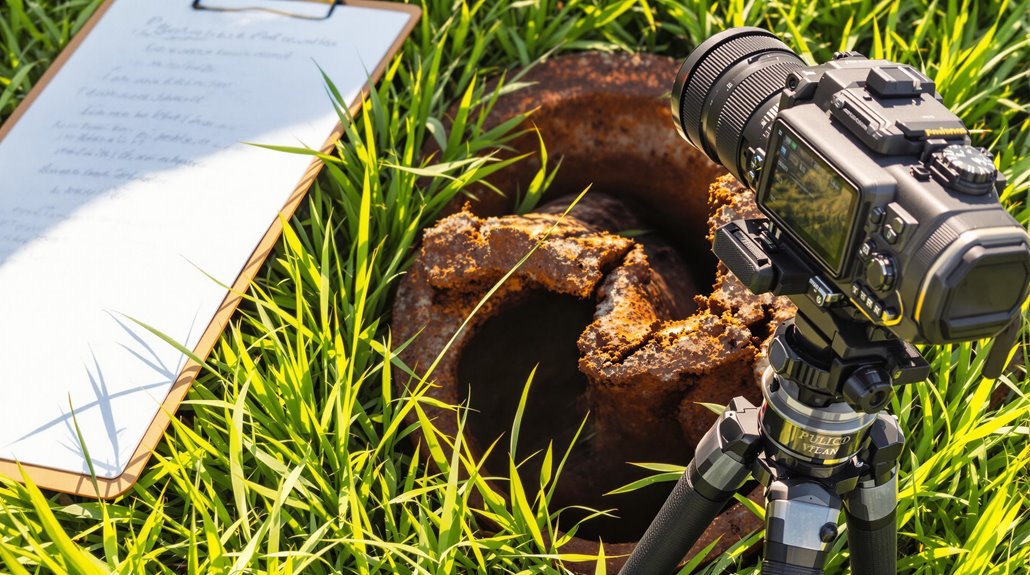
When dealing with complex insurance claims, property owners can turn to the Public Claims Adjusters Network (PCAN), a nationwide organization of pre-vetted, state-licensed public adjusters who specialize in residential and commercial property damage claims.
PCAN benefits include access to experts who handle over 30 different claim types across 40+ states, guaranteeing inclusive coverage for various property damage scenarios.
The organization maintains strict quality standards through:
- Intensive application and interview process for member adjusters
- Mandatory yearly audits of licenses and complaint records
- Adherence to rigorous ethics and professionalism guidelines
PCAN serves as a crucial connection point between property owners and elite public adjusters, streamlining the adjusting process while maintaining the highest industry standards.
The network's thorough vetting procedures and ongoing monitoring guarantee that only the most qualified and ethical professionals represent policyholders in their insurance claims.
Frequently Asked Questions
How Long Does Cast Iron Pipe Replacement Typically Take to Complete?
Project duration for pipe replacement varies based on timeline factors including property size, accessibility, and scope. Complete replacement typically requires 2-5 days for residential properties under normal circumstances.
Will My Homeowner's Insurance Cover Cast Iron Pipe Replacement?
Is aging plumbing keeping homeowners awake at night? Insurance coverage for cast iron pipe replacement varies by policy, with many standard policies excluding gradual deterioration but covering sudden failures and resulting repair costs.
Can Cast Iron Pipes Be Partially Replaced or Repaired?
Cast iron pipes can undergo partial replacement or sectional repairs using various methods, including pipe lining, patch repairs, and strategic segment replacement where damaged sections are cut out and replaced.
What Permits Are Required for Cast Iron Pipe Replacement?
Plumbing permits are mandatory through local building departments, requiring permit application submission and compliance with plumbing regulations. Licensed contractors must obtain permits before commencing any drainage system modifications.
How Often Should Cast Iron Pipes Be Inspected for Potential Issues?
Professional plumbers recommend annual inspection frequency for cast iron pipes, with more frequent assessments for systems over 50 years old to monitor pipe condition and prevent catastrophic failures.
